Pepper plant problems are common and they can really scupper your growing efforts.
Once you get your pepper plants in the ground or a pot, as long as they have sun and water they usually do OK. However, as with all plants, sometimes there are issues.
The good news is, that there are actually as many common fixes as there are common pepper plant problems.
There are lots of ways that you can rescue your pepper plant from completely going over the rainbow bridge.
To help you fix a multitude of pepper plant problems, here’s a lowdown of the most common issues and how to fix them:
Underwatering
Underwatering is usually noticeable by the chilli plant having very droopy leaves that may appear lacklustre. Chronic dehydration in chilli plants can lead to reduced crop quality and yield.
It happens mostly when the days are long and hot, which can be surprising because chilli plants love direct sun. Every plant has its limits though, and sometimes more watering is needed for the plant to keep itself cool and properly hydrate itself.
The best way to avoid common pepper plant problems like underwatering is to never let your chilli plants dry out until the soil is so dry, there is a gap between the substrate and the pot.
You should also water at sunrise, or early morning and dusk which avoids the water getting evaporated before the plant has had a chance to absorb it.
If the plant is showing very droopy leaves midday, water it right near the plant stem and that should help it recover.
If dehydration continues to be a problem you need to create shade for the plant, water it with more water, or water it more often overall.
Overwatering
Overwatering chilli plants presents by it having yellow, floppy leaves. This is usually too much water being given to the plant, and not enough ability for the water to drain away.
To prevent pepper plant problems like this happening when the plant is exposed to lots of natural watering from the rain, provide more aerated soil and better drainage overall.
You should also do this so that there is no salt and water build up from your watering.
It is also important to allow the soil to properly dry out and then continue with a watering regime that allows the soil to be dry for the first few inches before watering each time.
Slugs and Snails
Slugs and snails love a juicy pepper plant and they will get through succulent little pepper shoots at speed if they are not controlled.
When controlling these little critters it is important not to use slug pellets or similar toxic products because they are very bad for the environment.
A slug can eat one, pass away and then get eaten by a garden bird which is eaten by a bird of prey which will die from exposure to the product.
The same chain of issues occurs in all kinds of different ways, as well as family pets getting poisoned by these nasty garden products.
Instead, avoid pepper plant problems like slugs by using more organic methods of slug control such as:
- Barriers
- Beer traps
- Shell pot topper (crush any shells to make a sharp soil topper)
- Cinnamon
- Increase garden biodiversity for natural predators
Hornworm
Hornworm caterpillars will present themselves in pepper plants by munching holes in the leaves often from the outside in. These caterpillars can simply be moved off to a more suitable plant that they feed on.
Scalding From The Sun
Scalding from the sun shows up in chilli plants by giving them white leaves that are also a bit droopy. This happens most often when you put a new pepper plant that has been growing in the shade, into a sunny spot.
This can be lethal for the plant if it is very young which is why it is important to prevent this happening. It also happens to pepper plants that have been protected over winter.
To prevent pepper plant problems like scalding happening it is important to gradually introduce the pepper to the new conditions it will be living in, which should stop this scalding occurring.
Simply putting the pots in the sunshine for more and more time everyday until transplanting should help the transition run smoothly.
Calcium Deficiency
The pepper plant will get leaves that are very wrinkly and lacklustre if it gets a calcium deficiency. You can easily rectify this by slowly adding more calcium to the soil.
Clam, oyster or egg shells are cheap and easy ways to do this. You can also work lime, wood ash, calcium nitrate or bone meal into the soil, depending on what you have.
If it is provided in the right amounts then the plant should look better in about a week or so.
Aphids
You can easily see aphids as they are quite large and obvious walking around the underside of the leaves of the chilli plant. They slowly kill the plant by sucking fluid out of it which is why the leaves start to curl or die off with a big infestation.
This is unlikely to be one of the common pepper plant problems you see with pepper plants outside because ladybirds and other bugs will take care of the issue for you.
Indoors though, in the house or a greenhouse, there are no natural predators so if you don’t spot the issue the plants will eventually die.
Even worse, the aphids can also give other plants diseases such as mosaic virus, which is very bad news.
To prevent common pepper plant problems such as plants getting aphid infestations, you need to make them as healthy as possible as a first port of call. Try to make sure the plants you put indoors over winter are properly pruned, are not stressed and properly watered.
A little insecticide wouldn’t go amiss a few days before moving them indoors too. If you do get an infestation, quarantine affected plants and then spray the aphids off before adding more insecticide.
You can try some of the homemade insecticides here and here but do research the use of different products on pepper plants so you feel comfortable with how they work, and any precautions that need to be taken.
Mosaic Virus
Mosaic virus was discovered in the 1800’s and can infect over 350 plant species. It presents in pepper plants by giving them yellow splodges and wrinkly leaves that are not quite crispy, but not soft like a leaf usually is.
This disease stunts the growth of the plants and affects the fruit they produce. If your plant has mosaic virus you need to get rid of it and any surrounding weeds or plants, ensuring that those plants are not composted.
You will also need to dispose of the soil as the virus can live in the soil for over a year. Once that is done, disinfect your pots and tools before using them for other plants, as shown in this video.
Lastly, the virus can be transmitted through your hands and clothes too. Whilst dealing with mosaic virus plants you need to avoid touching any other plants. You should also wash your clothes before wearing them again for gardening.
You’re Ready To Battle All Of The Pepper Plant Problems
The fact is that every plant has its problems and pepper plants are no different.
Most pepper plant problems do have multiple solutions though and if they don’t, there’s a lesson learnt to boost future pepper growing plans. A mistake made I the garden is never a wasted experience.
Hopefully, with more practice, trials and tribulations you will be able to grow healthy, strong pepper plants next season for lots of yummy, sumptuous fruits to use in your family kitchen day after day.




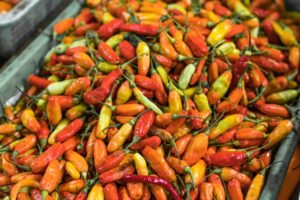





 to grow these cool looking fruits, try them, or you’re just interested in knowing more, we’ve put everything together so you can get the complete lowdown on Peter Peppers.
to grow these cool looking fruits, try them, or you’re just interested in knowing more, we’ve put everything together so you can get the complete lowdown on Peter Peppers.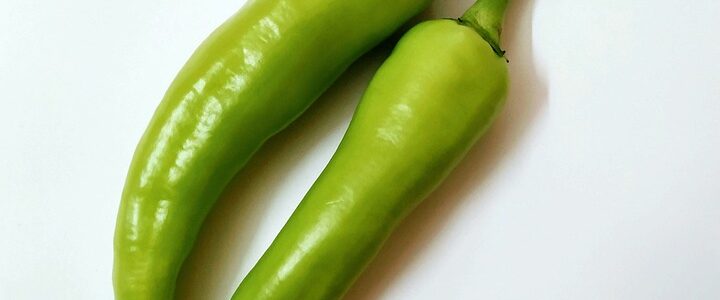
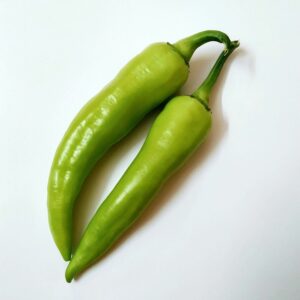 they are totally delicious and yep, you’ve guessed it, they’re also really easy to grow.
they are totally delicious and yep, you’ve guessed it, they’re also really easy to grow.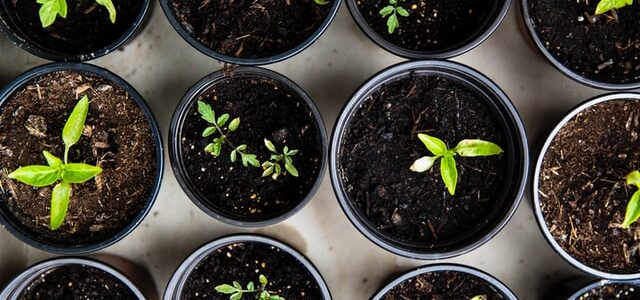


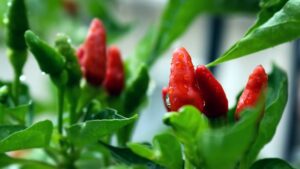

 When it comes to the world’s hottest pepper that can give you goose bumps and turn you red, nothing can beat Trinidad Scorpion pepper (also called the Trinidad Moruga scorpion pepper). This exceptionally hot chili pepper is especially grown in Australia and is a Capsicum Chinese cultivar.
When it comes to the world’s hottest pepper that can give you goose bumps and turn you red, nothing can beat Trinidad Scorpion pepper (also called the Trinidad Moruga scorpion pepper). This exceptionally hot chili pepper is especially grown in Australia and is a Capsicum Chinese cultivar.